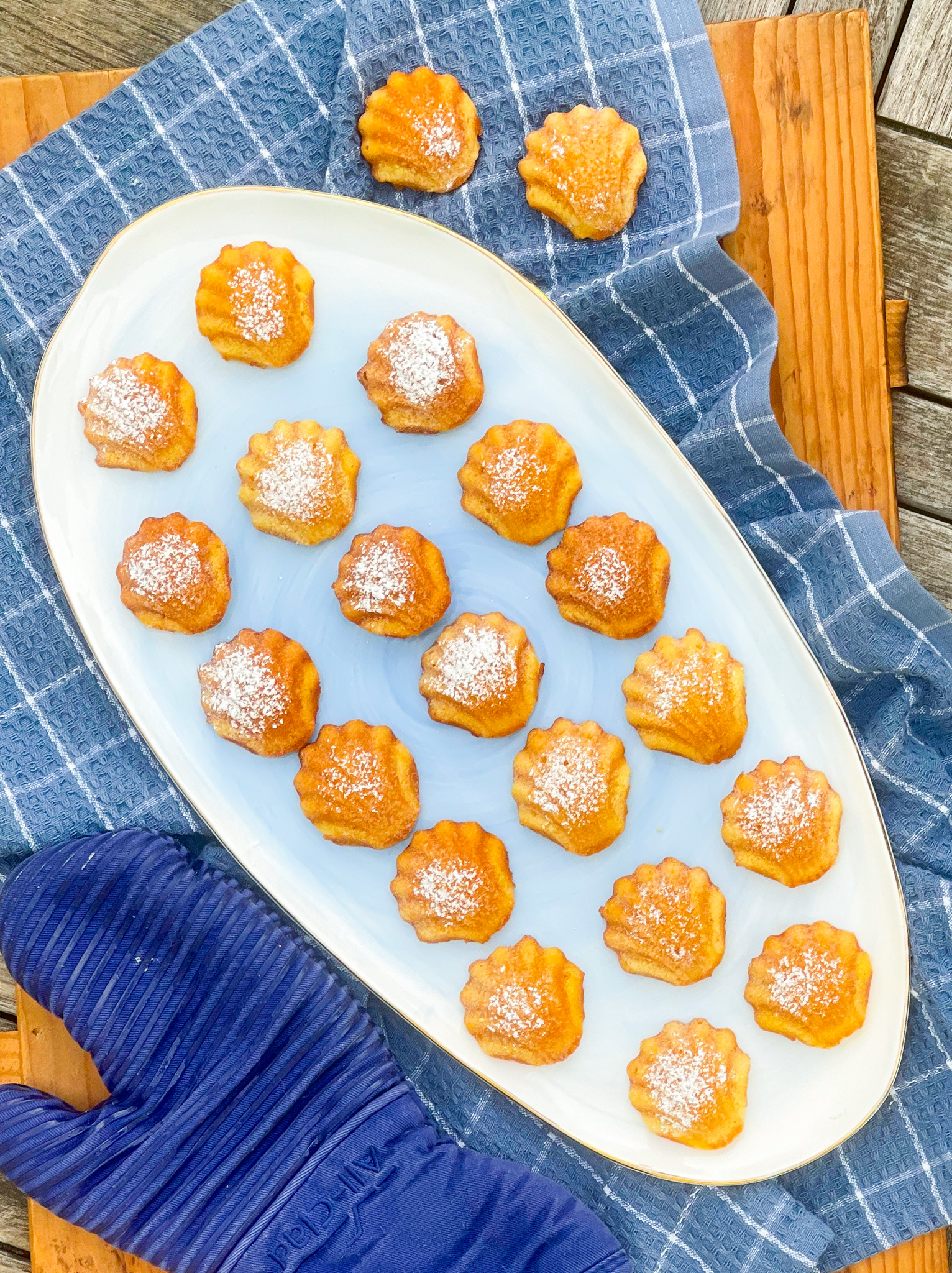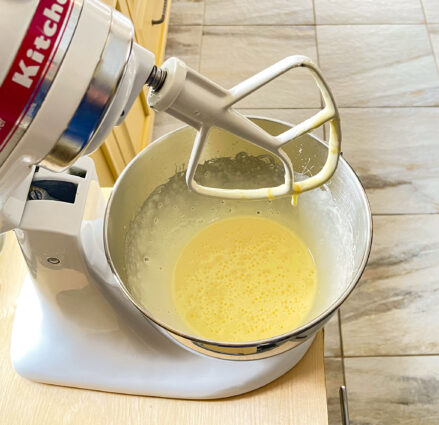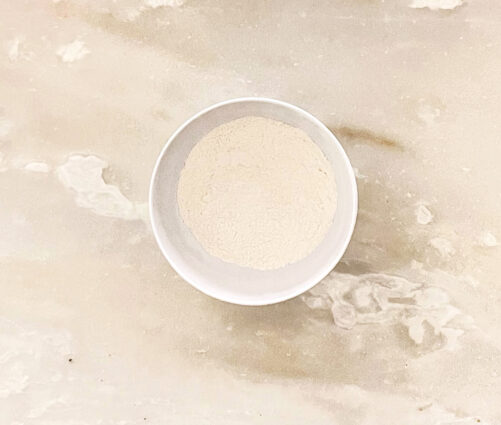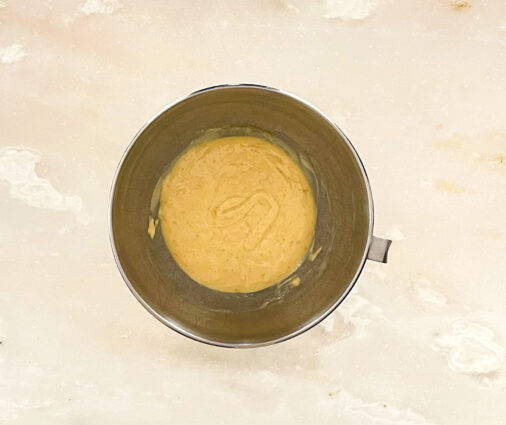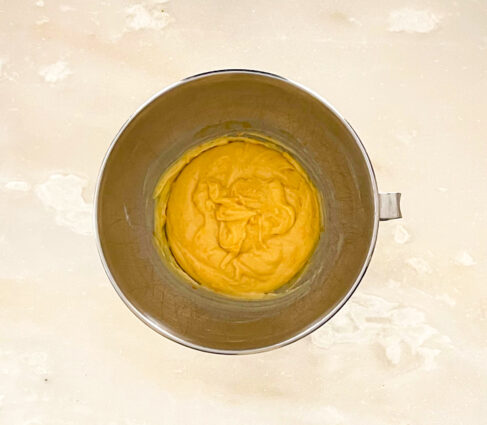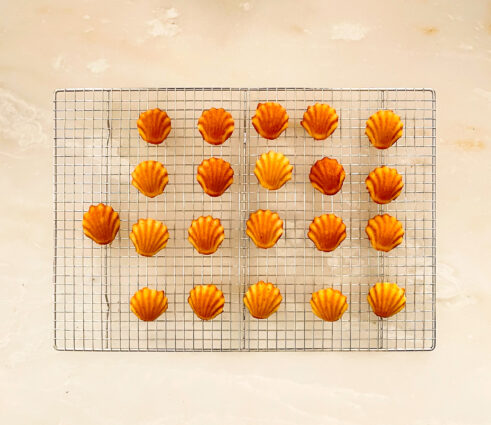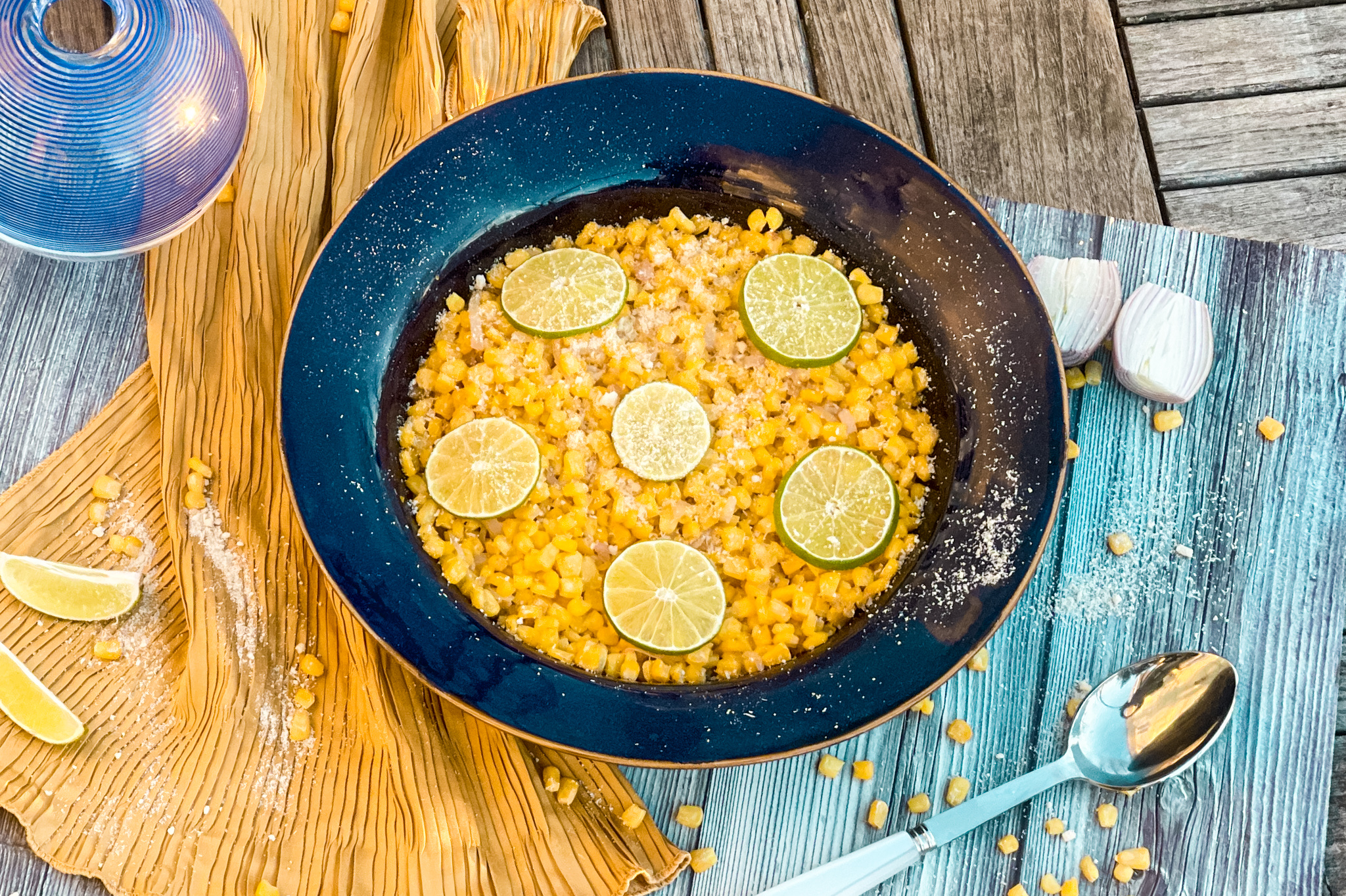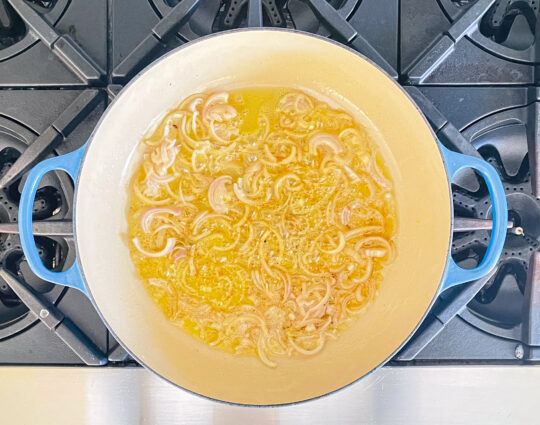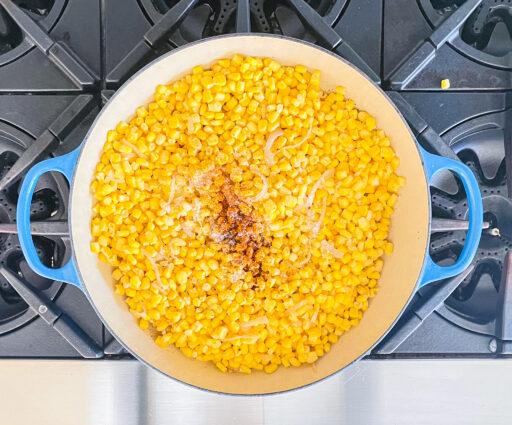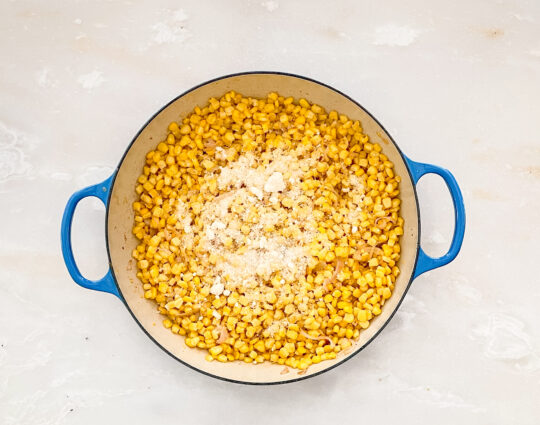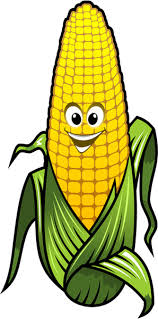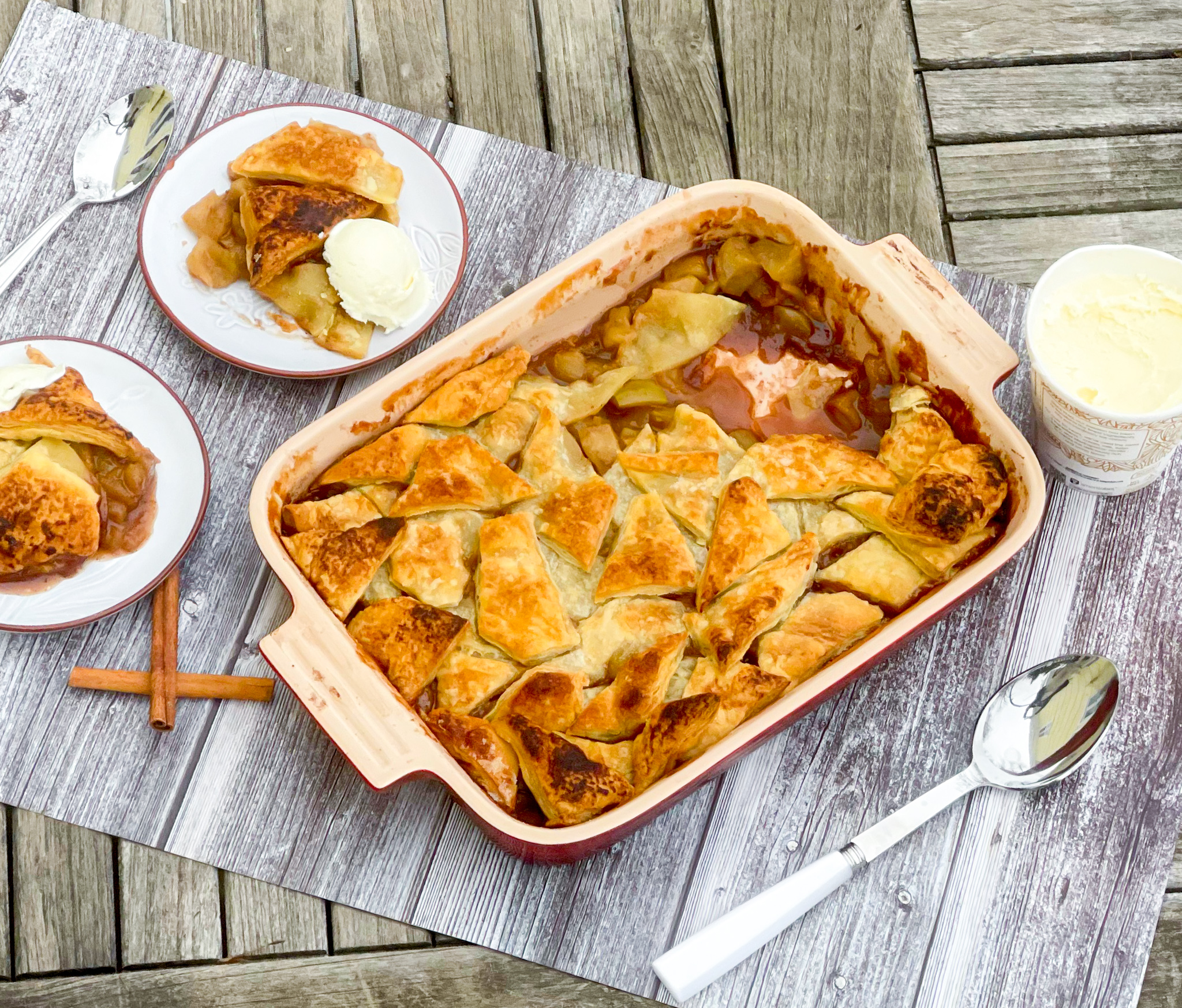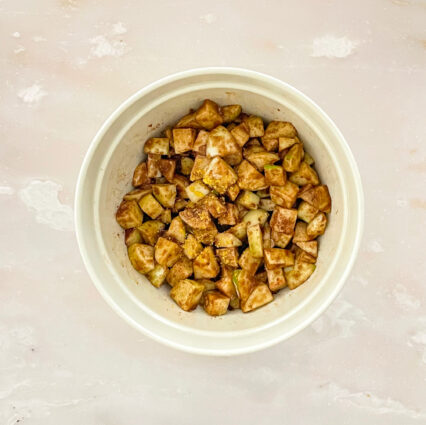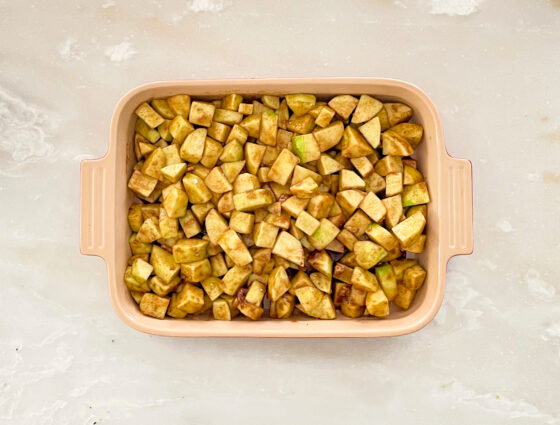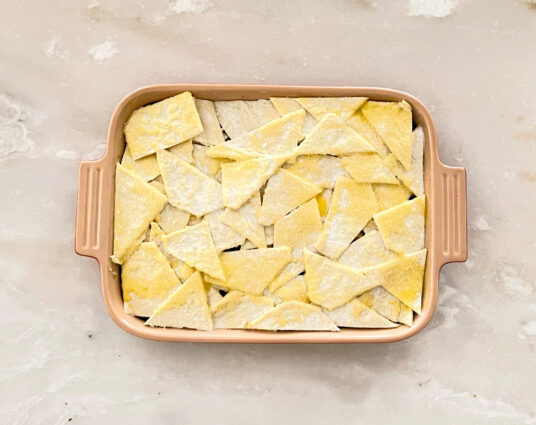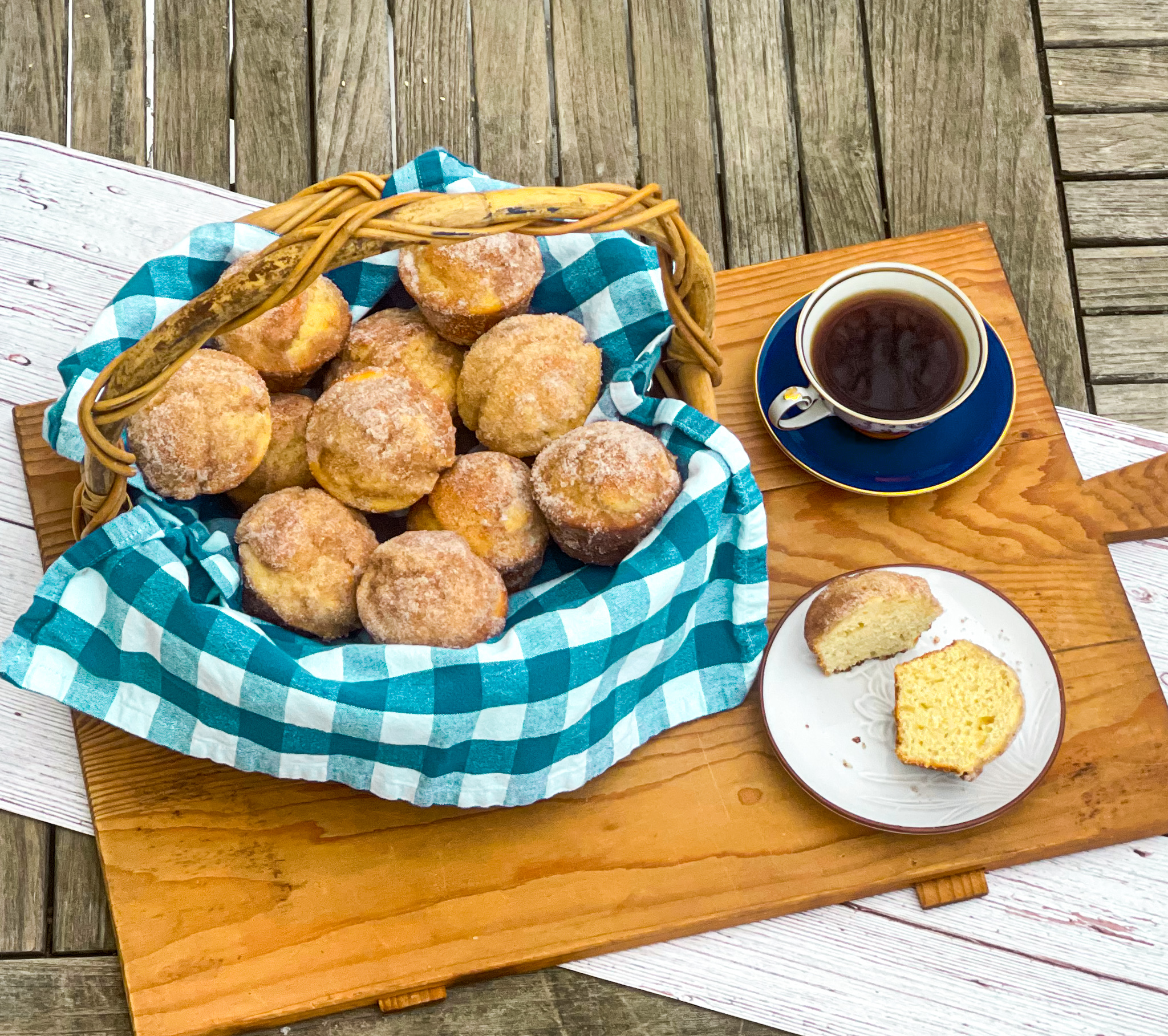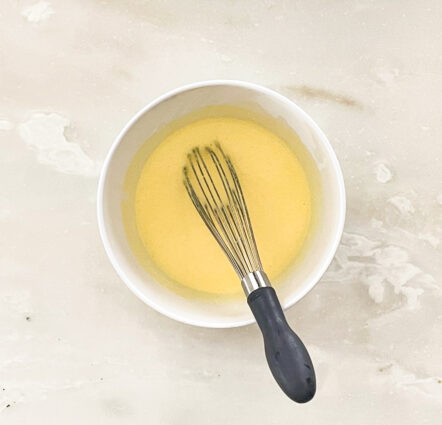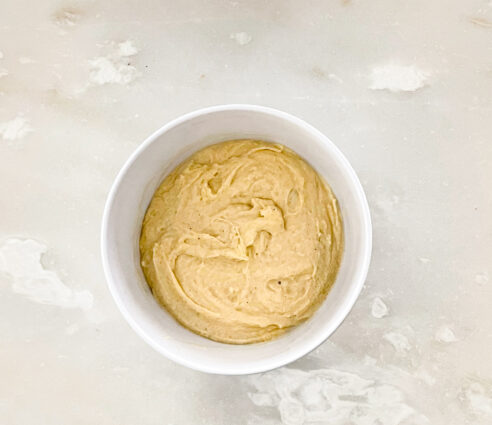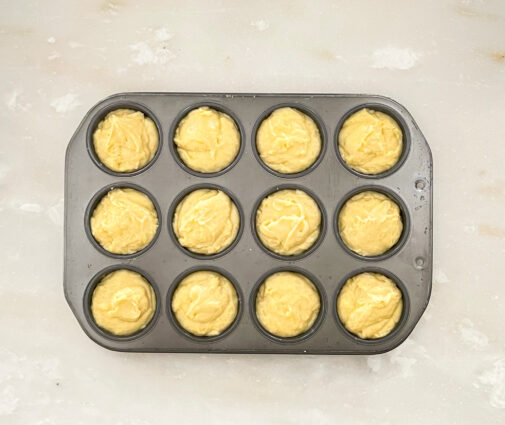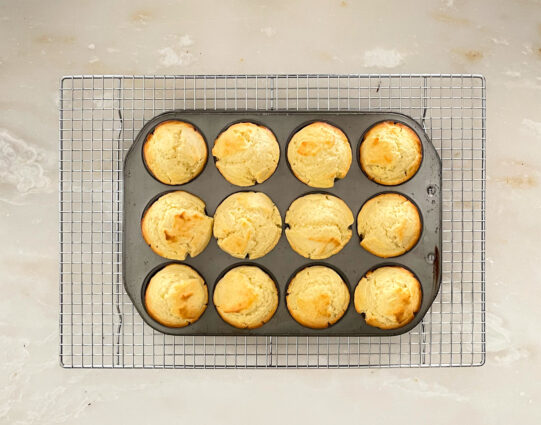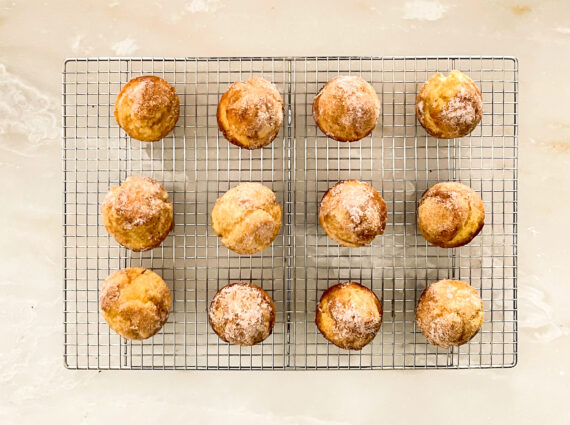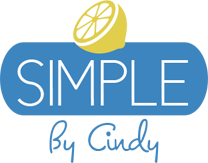
When I first began cooking, I learned by watching cooking shows (so many, too much to recall them all), and reading cookbooks. I would make many recipes over and over again, trying to get them absolutely perfect. During those years, I learned the importance of owning a very sharp knife, finely tuning my knife skills, and making a beautifully plated dish.
These skills proved to be well-worth the trouble when Thanksgiving rolled around. I was able to present pretty platters of food that my guests not only loved to look at… and to eat. Does a wonderful looking platter make the food taste better? Maybe, maybe not. I think it helps. The simple fact is that we first eat with our eyes. An artful presentation allows us to anticipate the flavors of the dish even before you take the first bite.
First you must choose a plate or bowl that will make the food look appetizing. It takes practice to arrange the food so it looks better. I try to look for plates that will make the colors of the food pop. I use plates and shallow bowls that have a little bit of color, or a color that will contrast the colors of the food. If all else fails, use a white dish and you won’t go wrong. I usually use white platters and bowls or natural muted colors like pastel or blue or a muted charcoal. Bold, bright colors can compete with the food.
After spending so much money on expensive dishes, I was always broken-hearted when they chipped or broke. I learned that lesson very early. Now, I purchase mine at Bed Bath and Beyond, Home Goods, or antique stores that have all shapes and sizes that are inexpensive so I don’t mind if they chip or beak. You can even try your local thrift shops!
Once you have your plate, your best bet is to arrange the food on the plate so the platter looks very full and plentiful. Using an overly large bowl for a small amount of food will make your food look skimpy. If the plate is too big, it will look lost. When you are placing the food on the platter, leave some room around the edges. If you are using a bowl, place the food so it is mounded in the center.
The secrets of beautiful plating aren’t just for top chefs or stylists. The elegant plating of food can be so satisfying and appealing and it is part of your education as a cook. Knowing a few simple techniques can help you put together plates that look as wonderful as they taste.
Give your skills a test with this dish! Ottolenghi takes this simple side dish to new levels. He is well known for finding obscure ingredients that make the food have that “mmm, so good’ taste. For this recipe, he just used simple ingredients that you have in your pantry and can easily make any time of the week. Between the smoked paprika, cumin, tomato paste, caraway seeds, and garlic, there is so much savory going on in this recipe. The chickpeas and olives combine beautifully to give this pasta a bold, flavorful taste. The tomatoes are tiny bursts of deliciousness, and the lemon adds lip puckering tang. The result is a bold, delightful side dish that is perfect for a family meal, or holiday dinner.
This recipe is courtesy of Yotam Ottolenghi and will serve 6 to 8 people who will adore this beautifully plated side dish.
Ingredients for Ottolenghi’s One-Pan Orecchiette Puttanesca:
5 tablespoons olive oil
6 garlic cloves, crushed
1 15-ounce can chickpeas, drained well and patted dry
2 teaspoons hot smoked paprika
2 teaspoons ground cumin
2 teaspoons tomato paste
2 cups parsley, roughly chopped
2 teaspoons lemon zest
3 tablespoons baby capers
¾ cup Nocellara olives (or other green olive), pitted and roughly chopped in half
9 ounces small, sweet cherry tomatoes
2 teaspoons superfine sugar
1½ teaspoons caraway seeds, lightly toasted and crushed
9 ounces dried orecchiette pasta
2 cups vegetable or chicken stock
¾ cup plus 2 tablespoons water
Salt and black pepper
In a large sauté pan, for which you have a lid, combine 3 tablespoons of the olive oil, the garlic, chickpeas, paprika, cumin, tomato paste, and a half teaspoon salt and place on medium-high heat.
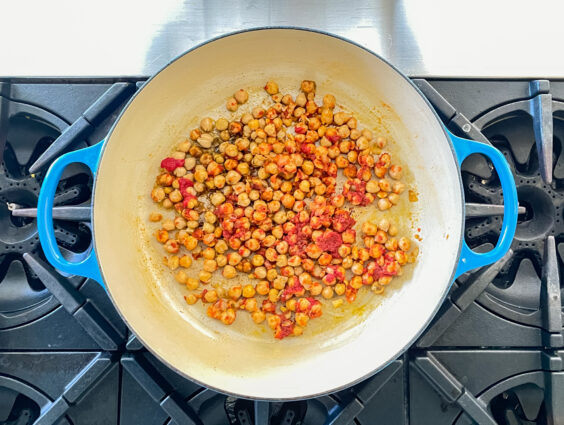
Fry for 12 minutes, uncovered, stirring every now and then, until the chickpeas are slightly crisp; you may need to decrease the heat if they start to color too much.
Remove one-third of the chickpeas and set aside.
In a small bowl, combine the parsley, lemon zest, capers and olives.
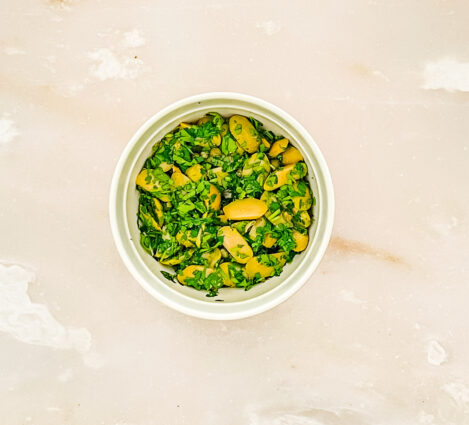
Add two-thirds of the parsley mixture to the sauté pan, along with the cherry tomatoes, sugar and caraway seeds, and cook for 2 minutes on medium-high heat, stirring often.
Add the pasta, stock, water and three-quarter teaspoon salt and bring to a simmer.
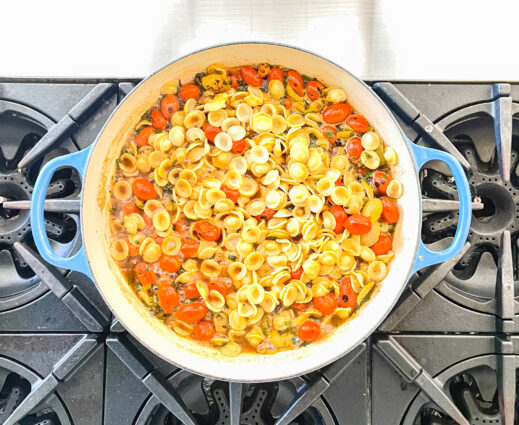
Decrease the heat to medium, cover and cook for 12 to 14 minutes or until the pasta is al dente.
Stir the remaining parsley mixture into the pan, drizzle with the remaining 2 tablespoons olive oil and garnish with the reserved fried chickpeas and a good grind of pepper.
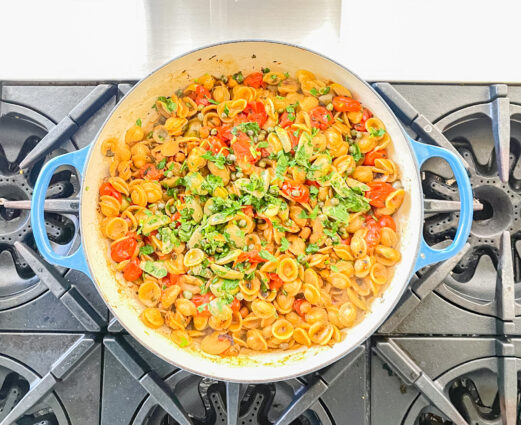
Serve at once.
It’s that simple!
